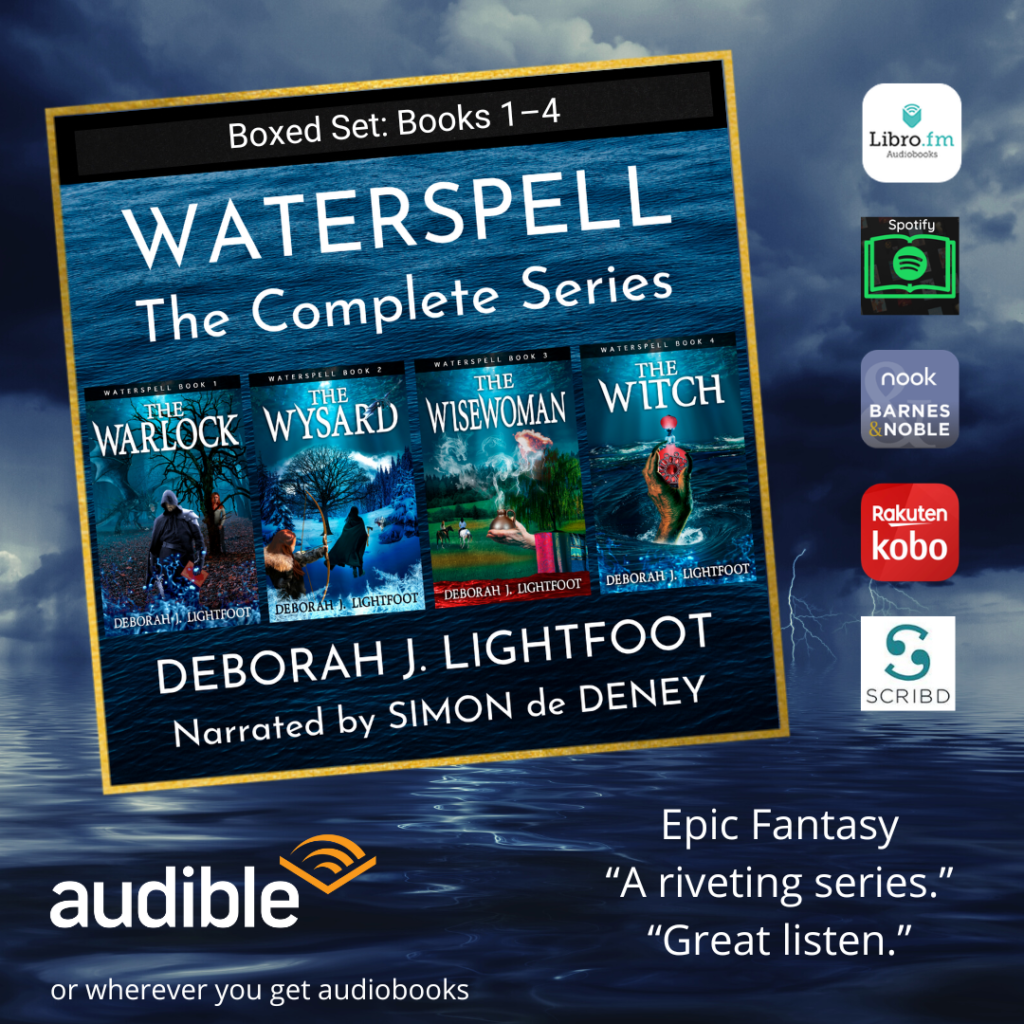Today I’m hosting my fellow Awesome Indies author, Massimo Marino. Massimo’s sci-fi novel “Daimones“ has won many awards.
I’m pleased to share him with you.
Guest post by Massimo Marino:
When I started writing I was too young to think of what I was doing and have moments of reflection on crafting a novel. My Dad received “Astounding Stories” but I wasn’t allowed to read the magazines but they did have astounding covers, and I dreamed about them. Based on those covers, I created stories in my mind, then put down on paper with a pencil in my little hands so that I could re-read and never forget them.
I didn’t think about plot and action, character development, building my voice, what themes and belief systems I had to, or wanted to cover. The place and the setting came from those cover pictures, and I wasn’t concerned with temporal or structural issues.
Later on, I kept doing that and stopped when I started my studies in Physics at the University. Between that and playing quarterback for the team of Palermo, my home town, chasing girls until I found my future wife thirty-four years ago, put a halt on writing. So it is only when I resumed that forgotten love and got the writing fever again—or my Muse awoke and found me ready—that I started exploring and thinking of these elements in my work.
Suspense is one thing that will keep readers reading; there’s a tension in the pages and it is not resolved: The writer has been busy building suspense. A common mistake I’ve seen with writers still learning the ropes is eagerness with resolving the tension, as if it was a good thing to provide the readers with the resolution even on the same page. What a missed opportunity. Sure, the longer you wait, the higher the risk of disappointing your readers if the resolution is moot and weak. The readers would go “What! Is that all?”
So keep in mind t hat suspense is your key factor to have your book defined by readers as a “page-turner”: they want to discover what resolves the tension points in your novel. If everything is in one page, there is no need to turn anything
hat suspense is your key factor to have your book defined by readers as a “page-turner”: they want to discover what resolves the tension points in your novel. If everything is in one page, there is no need to turn anything ![]()
You will notice something very interesting that you may use as one of your mantras while honing your storyline: Where there is revelation, there is suspense.
Revelations can fall into many categories, it can be part of the plot, a trait of your main character, an anodyne, thinly disguised detail that goes undetected by most readers, and creates “Ah ha” moments later in the story. Try thinking of all the possible revelations in your book. How do these fit into your plot outline? If you have many to share with your readers, how can they be distributed in the storyline. Try not to amass all your revelations together and too early in the book as you need to keep up with the expectations of your readers through some 80,000 words.
Characters are revealed through their actions, what they do and what they say. Drama shows people at their extremes. Your main character must be in the midst of the battle of his or her life, physical or emotional, or an ultimate test, a challenge or crisis of faith.
As they say, “If you want to find out what a person is made of, put that person under pressure.” You’ll also will find that a place or a thing can also function as “character” and be developed. A place, or an object can be charged with emotions and tension to rival with the better developed characters of all stories.
You don’t even need to describe your character physically as if you were—and you are, if you do that—telling people about a picture you have of the character. A character is not a pair of blue eyes, blonde hair, fair incarnation, slim or not, tall or short, attractive or repulsive, beautiful or ugly. These are the traits of a cardboard, not a character.
Build your character slowly, with their thoughts, their action, their unique way of interacting with the events in the story and with other characters. This gives them depth, not whether they’re tall and brunette, or short and blonde. You can even avoid telling physical characters and have the reader guess whether they are tall (she’s able to reach the upper shelve without help) or short, she needs to be on her tiptoes.
Don’t tell how they look, show who they are, and the readers will fill in the gaps.
If you need a physical trait to be unique and well described (but only if it is *needed* and adds to the story) then introduce that trait *when* needed.
Everyone can describe the picture of a person and tell how s/he looks like, but that’s not character development and—frankly—doesn’t add anything to the reader’s image of who is that person.
Forget physical traits, get into the characters’ personality and they will develop naturally and readers will love or hate them, but never indifferent to their fates.
Development and character—and how both are framed by time and place, and their impact on how your story is also a key feature of your storytelling. It is a key aspect of your story: where it is situated at a particular place. When I am deep in writing a new story, I have places and situations and scenes that build up. I try to view them via a close up on something particular in the landscape, or via a long shot from a mountaintop or a helicopter or any other vantage point from above. I survey the scenery, and I forbid my characters to venture there with me. I explore, trying to “feel” the place well before my characters are allowed in. Then I walk with them, and I hear their thoughts, and question “How do you feel, here?”, “What excites you?”, “What scares you?”, and “Would you go there?”. Hearing “No” as an answer to the last question is usually a good sign that the place needs to be visited in the story ![]()
The plot of your book can be an attempt to illuminate a particular philosophical problem, belief, or snapshot of a world at a particular point in time. In the plot, the writer can and wants to explore underlying belief systems, whether conscious or unconscious. Artfully understanding and using the thematic elements in your novel will result in a work that can be deep and resonant versus flat and merely commercial. Here you aim at writing with your heart, questioning your firm foundations of your persona, and forgetting about making more sales, while concentrating on how to better disrupt something inside the reader. If it bothers you to explore those things, it is a good sign they are good stuff to put the spotlight on in your story. But for this, you need to have the courage to write naked. You will aim at making your work even more resonant and expansive—a book that has the potential to be appreciated by many.
Voice. We’re in the habit of thinking, based on bland television and newspaper reporting, that a homogenized voice is the most objective and appropriate voice for conveying an unbiased story. That may work well for presenting a certain type of general information to the public, but does not serve the richness and color and personal nature of authentic stories, stories that live and breath what life is really like and the gamut of human experience. For this last point, the only reflection I have to share is that your voice develops as an extension of you—the writer—as a character. When searched for consciously and purposefully it becomes affectation. Don’t fret on finding your voice, it will develop as part of who you are and if you write naked—again!
The true worth of a writer is not in his style and voice, but in the feelings and sensations that come alive in the readers.
Related articles
- Awesome Indies Discovery: Waterspell, a Fantasy by Deborah J. Lightfoot (djlightfoot.wordpress.com)
- Author Meetup: Massimo Marino by Lyn Horner (massimomarinoauthor.com)












Pingback: Laurie Boris: Lessons Learned from Broken Characters | The Wisewoman
Pingback: Let it flow! | Writing = Passion